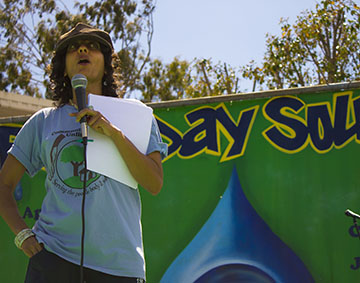
Neelam Sharma, Executive Director of Community Services Unlimited, Inc.
Community Services Unlimited’s mission is to “Serve the people, body and soul,” and their vision is a sustainable food system, constructed from the ground up in South Central LA, that trains local youth, creates real jobs, and builds the local economy.
Earth Day South LA – held at the Normandie Avenue Elementary School – is one of several spaces in which CSU’s visions are put into action. The annual gathering brings the families of South LA together with social justice advocates, urban agriculturalists, chefs, musicians, artists and a diverse set of festival-goers in an inspiring day that celebrates the collective power of community.
Neelam, who has worked in South LA for 16 years, sees Earth Day as a democratic space because “it shows what schools can be in a neighborhood and what they should be. It shows ways in which a school administration can work with the community, ways in which the space can open up and not just shut down once the school activities are over. It can really become an ongoing space for the community to celebrate, share and learn, and that is what Earth Day is for the community of South LA.”
El objetivo de Community Services Unlimited es “Servir a la gente, cuerpo y alma.” Su visión es crear un sistema alimentario sostenible en el Sur de Los Ángeles que también sirva para entrenar a los jóvenes, construir trabajos y fortalecer la economía local.









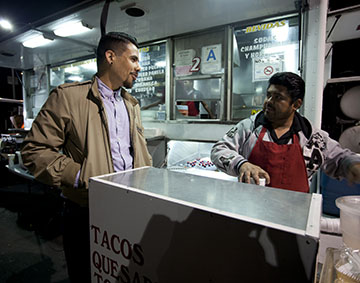
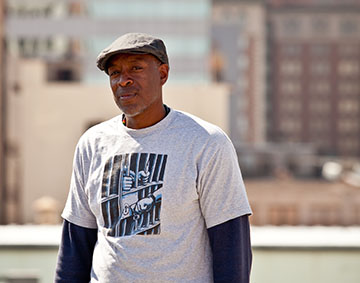
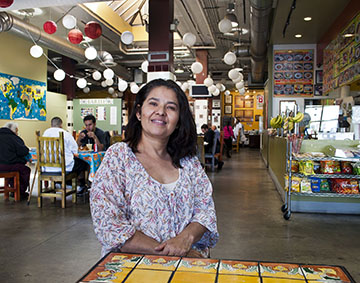
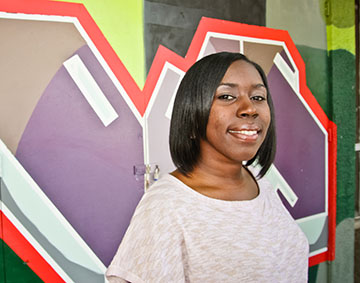
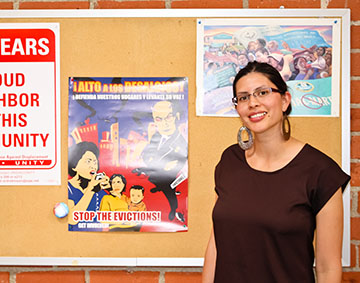
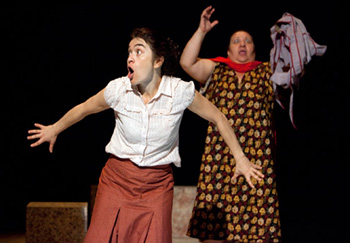 Julieta Ortiz and Norma Angelica in “Rome at the End of the Line.” Photo by Andrea Lopez.
Julieta Ortiz and Norma Angelica in “Rome at the End of the Line.” Photo by Andrea Lopez. 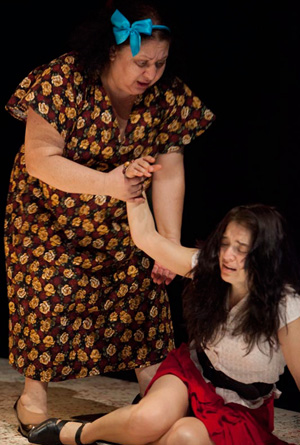
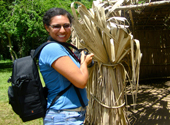 Nicole Hernandez received her BA, and MVA (11’) degree in Anthropology from the University of Southern California. Interested in mundane life and its cultural dynamics, she hopes her first film, Destined Reign of Troy interests’ viewers in the ordinary. Nicole is now in research-mode on her next project while working as a media coordinator. If you would like to reach her, send an email to
Nicole Hernandez received her BA, and MVA (11’) degree in Anthropology from the University of Southern California. Interested in mundane life and its cultural dynamics, she hopes her first film, Destined Reign of Troy interests’ viewers in the ordinary. Nicole is now in research-mode on her next project while working as a media coordinator. If you would like to reach her, send an email to 




